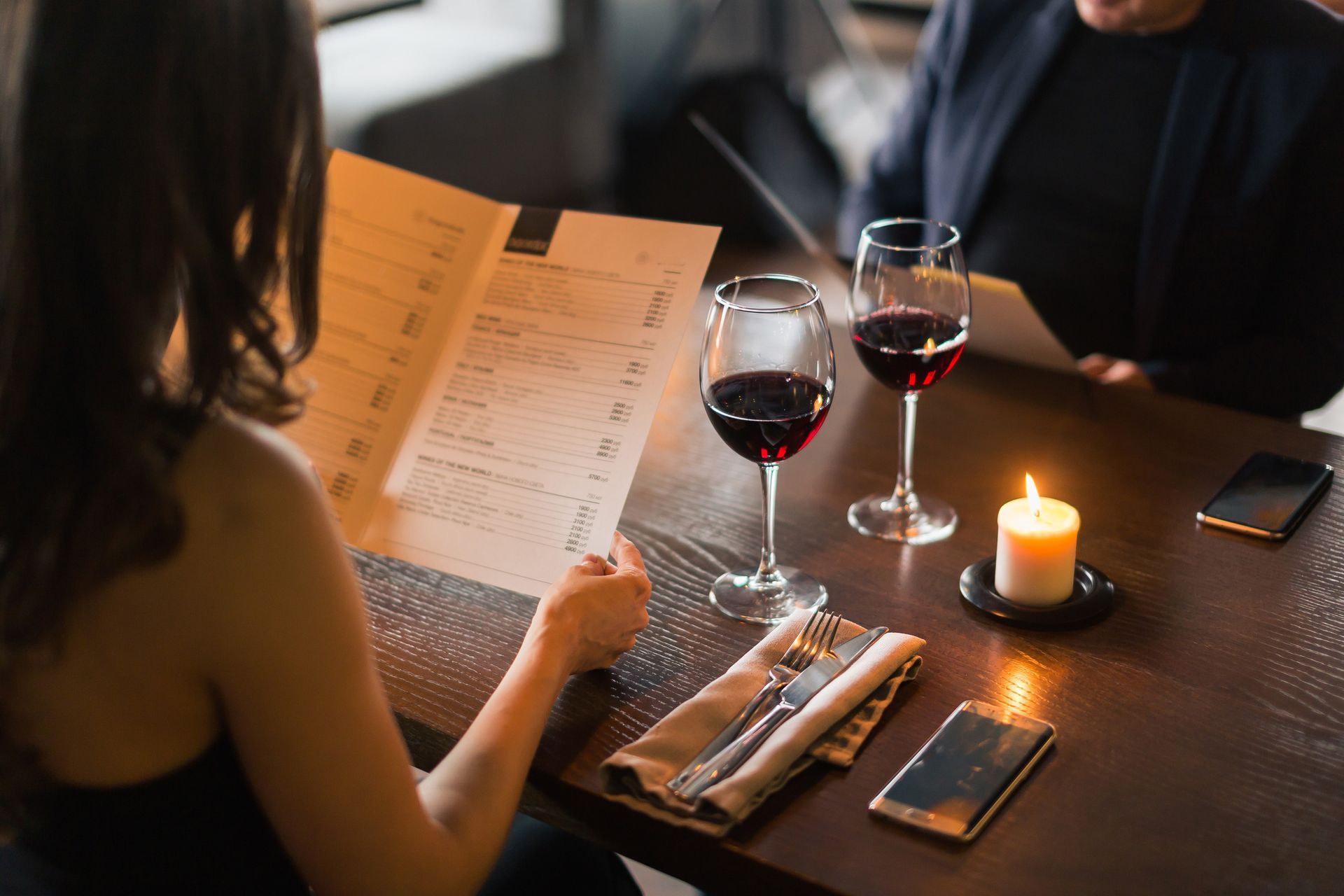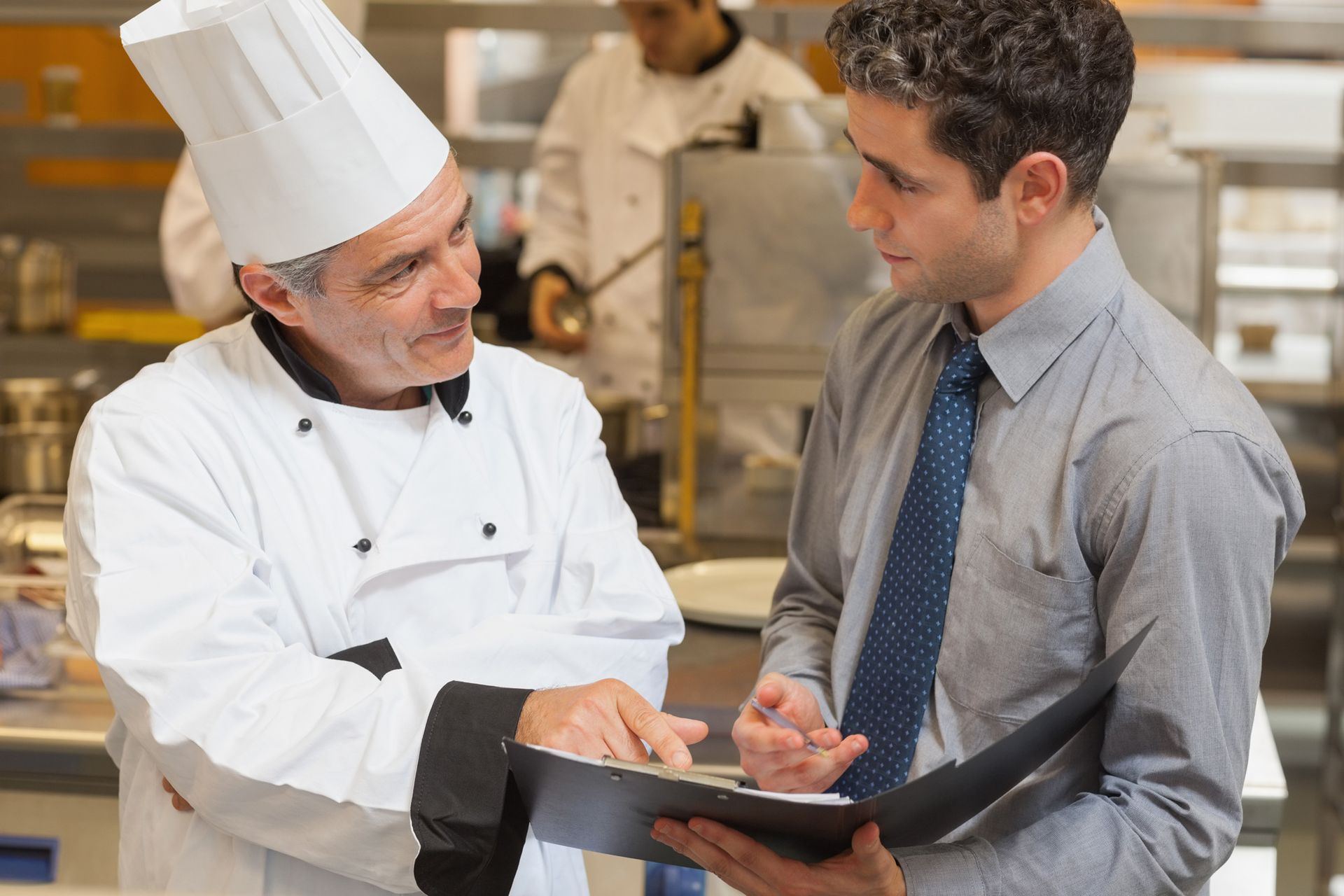Get in touch
Text us at (631) 837-2344
QR Codes: When and how to use them most effectively
QR, short for Quick Response, technology was originally developed around the same time as the earlier smart phone models. In those days, you used to have to download a QR code reader app in order to scan the barcode and open the intended page. Nowadays with the newer technology, it all happens using the camera app which comes installed on everyones phone, simplifying the entire process and making it accessible to a wider audience.
Why did the QR code become so popular in recent years?
We all know the answer to this one. During the COVID-19 pandemic, people were rarely dining inside restaurants, especially in the first few months when takeout orders were the norm. When restaurants eventually reopened for indoor dining, nobody wanted to touch the same printed menu that had been handled by countless others. Enter the rebirth of the QR code.
Scanning a QR code with your phone takes you to the online menu of the restaurant you're dining at. This solution effectively addressed the concern of spreading germs through physical menus, as now customers can simply view the menu on their phones. However, one may argue that people are already spending a significant amount of time on their phones. Did COVID accelerate the adoption of digital menus? And now the question arises: "Are QR codes the future, rendering printed menus obsolete?" Or can we find ways to utilize both options? Let's explore the pros and cons of each.
First and foremost, one of the main advantages of QR codes is the ability to update menus digitally, allowing for instant changes. This feature can be a time-saver for busy restaurant owners, as opposed to going through the process of updating designs, printing, shipping, or even printing menus on-site.
The ease and speed of making a menu live with a few clicks sounds appealing. It allows restaurateurs to adapt to fluctuating food costs more efficiently.
Additionally, mistakes happen, such as typos or pricing errors, and it's much easier to fix them on a digital menu than having to contact the designer, update the menu, and reprint the entire batch.
However, we cannot overlook the power of the printed menu.
Let's discuss the sociological and economic benefits of having a physical restaurant menu.
In today's society, we are constantly glued to our phones – whether at work, at home, or with friends – and this behavior is gradually diminishing our attention spans. The problem with QR codes is that they do nothing to counteract this behavior; they bring us right back to our phones. Consequently, your guests transition from a captive audience to distracted diners.
Dining out is one of the most popular forms of socializing in our culture. It is an experience that tends to keep people engaged with one another in the physical world for an extended period. Whether it's a casual meal, a special night out, or a catered event, the highlight often revolves around the array of food that will be enjoyed in the company of others. Consider it a win if a group of hungry diners chooses your restaurant for their meal. However, your job is far from finished.
One of the first impressions your guests will have upon entering your establishment is through the menu, regardless of its form.
The physical menu serves as a collaborative piece of content at the table. People can pass it around, peruse sections together, and point out items that catch their eye. Imagine being on a date – isn't it more intimate to share the menu and discuss different dishes to share, rather than silently staring at the screen in your hand?
Printed menus also offer benefits to the staff. If a customer wants to inquire about an ingredient or a dish, it's more practical to point to the item on the menu they're holding, rather than navigating to the correct place on their phone or handing the device to the server. Moreover, the menu acts as a signal – one that we are all familiar with. When we have made our decision about what to order, we put the menu down, often at the end of the table, indicating to the server that we are ready to order. This action is challenging to replicate with a phone. If we pause to look up from the screen for a moment, it doesn’t necessarily mean we have come to a decision.
Another crucial factor to consider regarding the printed menu is its ability to be designed for profit. The menu is the single most significant sales tool you have as a business owner. You have full control over how the sections and items are structured and presented to the diner. How can you intentionally structure the menu to influence what the customer orders?
Savvy restaurateurs keep an eye on their top-selling items and dishes that provide the best profit margins, and they reflect this accordingly through subtle visual cues and design elements. Working through this process with a professional can significantly enhance your bottom line. This is another factor that is almost impossible to replicate digitally. At no time can someone look at the entire menu on their phone without having to scroll or zoom in.
So what’s the best way to utilize the QR Code?
Every patron that walks into your restaurant to dine is a valuable marketing opportunity. You now have a captive audience sitting at the same table for 45 minutes to a few hours. A well-placed table tent with an enticing promotion, such as dessert or drink specials, can influence a higher check in the moment.
How does the QR code come back into play? Let's consider an example where a table tent advertises a contest (Scan to Enter our Raffle) with a code that leads to a page where customers can provide their name and email address. By doing so, you're curating a database of people who have already dined at your establishment, willingly engaged with your marketing. Now, you have the ability to retarget them with future specials and promotions. These guests are more likely to return compared to spending money on marketing to people who have never visited or heard of your restaurant.
The ideal scenario for enhancing the user experience involves a hybrid model that incorporates QR codes with printed in-store menus and signage. This allows diners to engage with your marketing on their terms.
In conclusion, QR codes are here to stay, and for good reason. They serve a purpose and can solve logistical problems. However, if you solely rely on QR codes as your menu offering, you miss the opportunity to keep people in the moment and benefit from their undivided attention.





